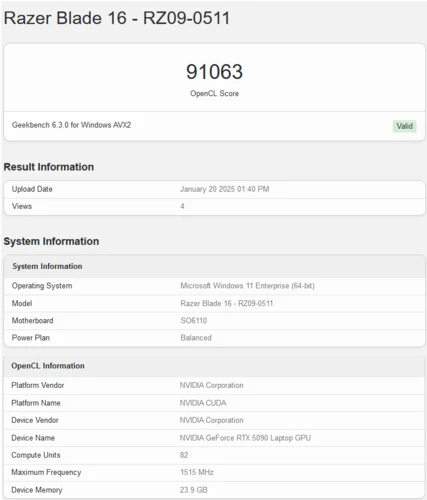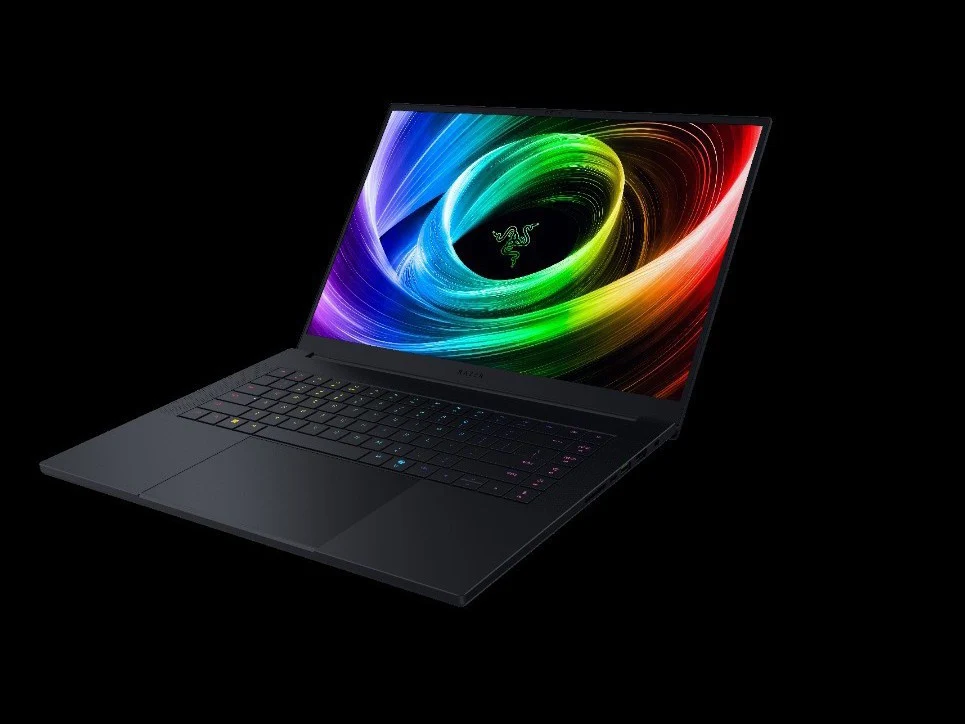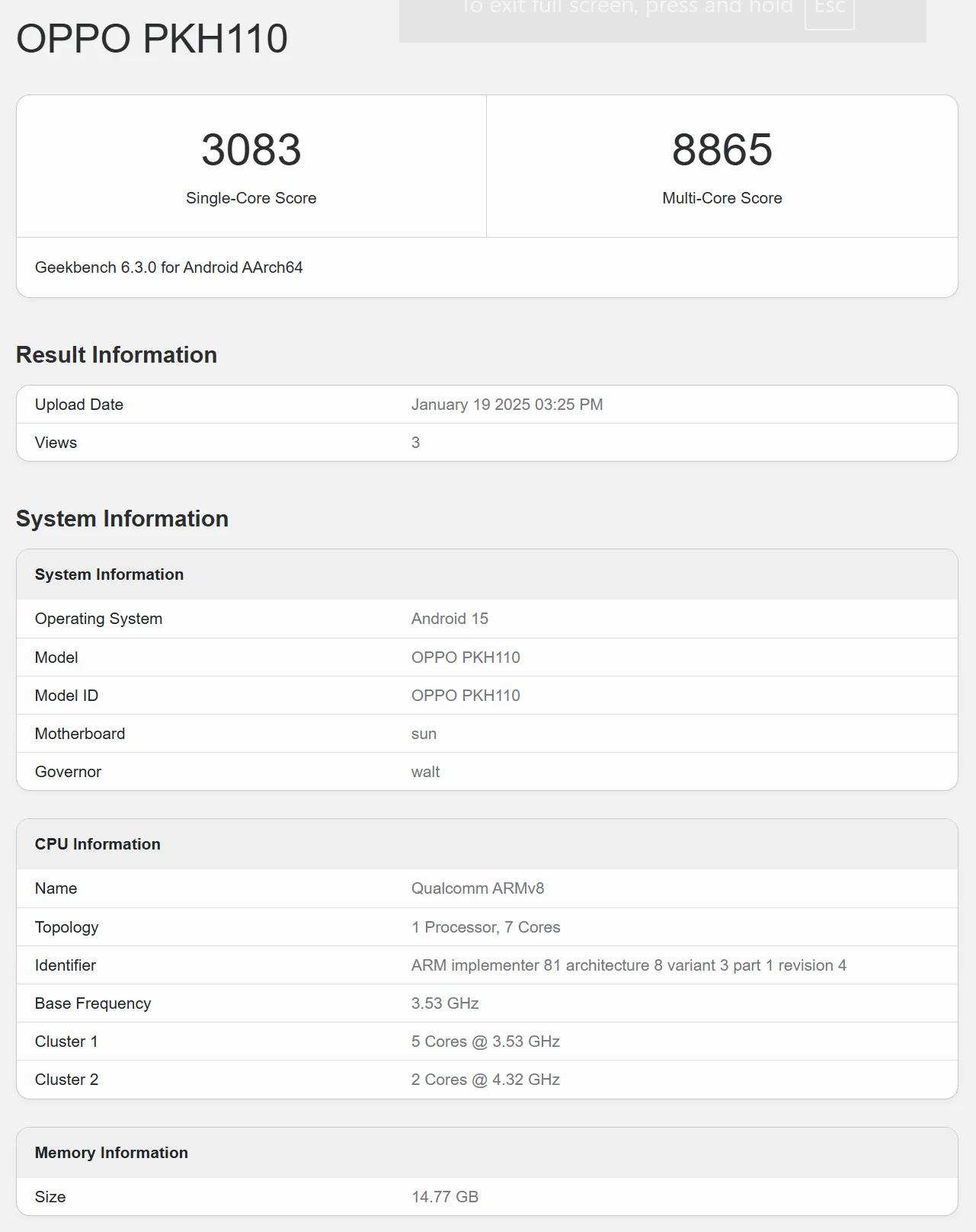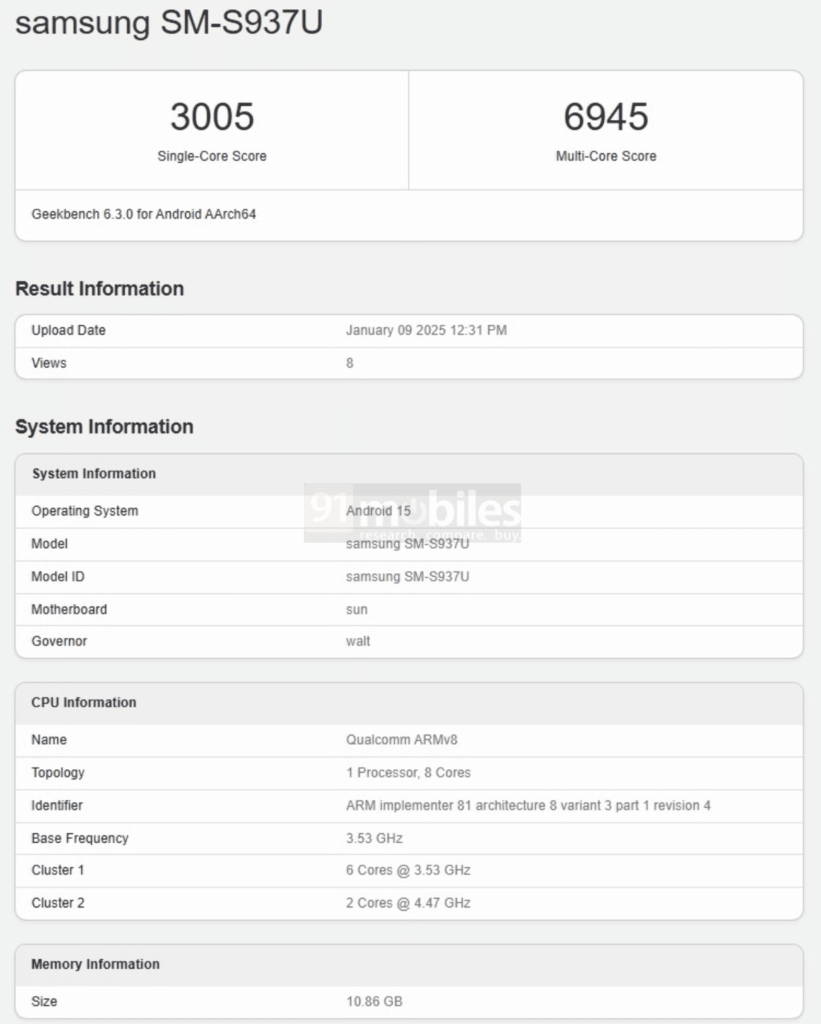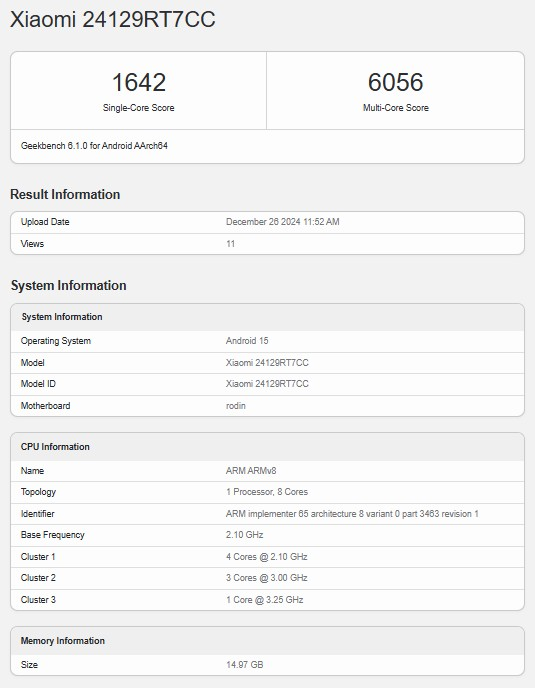The Nvidia GeForce RTX 5090 for laptops has made its first appearance on Geekbench. It comes with the new Razer Blade 16, which features an AMD Ryzen AI 9 HX 370 processor and 32 GB of DDR5 RAM. However, this version isn’t showcasing its full potential, as indicated by its benchmark score.
Performance Numbers
The laptop variant of the GeForce RTX 5090 achieved a score of 91,063 in Geekbench’s OpenCL test. This score is significantly lower than the median score of 190,680 for the GeForce RTX 4090. The reason for this dip in performance is likely due to it operating at a reduced speed of just 1,500 MHz, which is considerably below its peak frequency. Although Nvidia hasn’t officially stated this, we can anticipate it to be slightly above the RTX 4090 laptop’s boost clock of 2,040 MHz.
Testing Limitations
However, it’s important to note that Geekbench isn’t the best benchmark for assessing GPU performance, especially when the GPU is evidently underperforming. It’s quite possible that the Razer Blade 16 is set to a power-saving mode. The listing also provides some important specifications of the GeForce RTX 5090, including 24 GB of VRAM and 82 Streaming Multiprocessors (SMs), which equals a total of 10,496 CUDA cores.
Source:
Link
